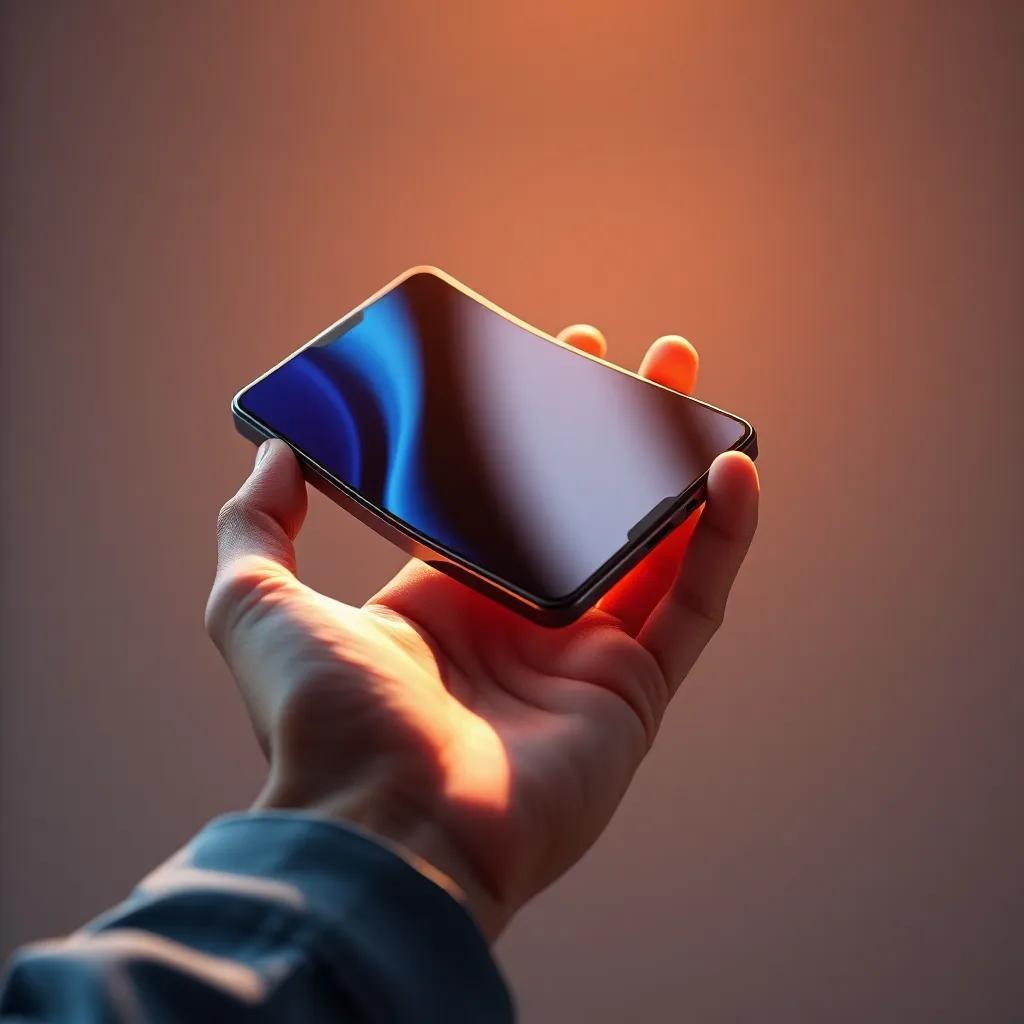
The dream of a phone that effortlessly folds too fit in your pocket has tantalized tech enthusiasts for years, promising a blend of versatility and innovation. Yet, early foldable devices often felt more like futuristic prototypes than practical tools for everyday life—bulky hinges, fragile screens, and runaway prices kept manny hesitant. As we step into 2025, however, these flexible gadgets are evolving rapidly. This article explores whether foldables have truly matured beyond novelty, offering readers a clear-eyed look at advancements in durability, design, and usability that could finally make foldable phones a staple in daily tech. Discover if this long-anticipated technology has crossed the threshold from exciting concept to reliable companion.
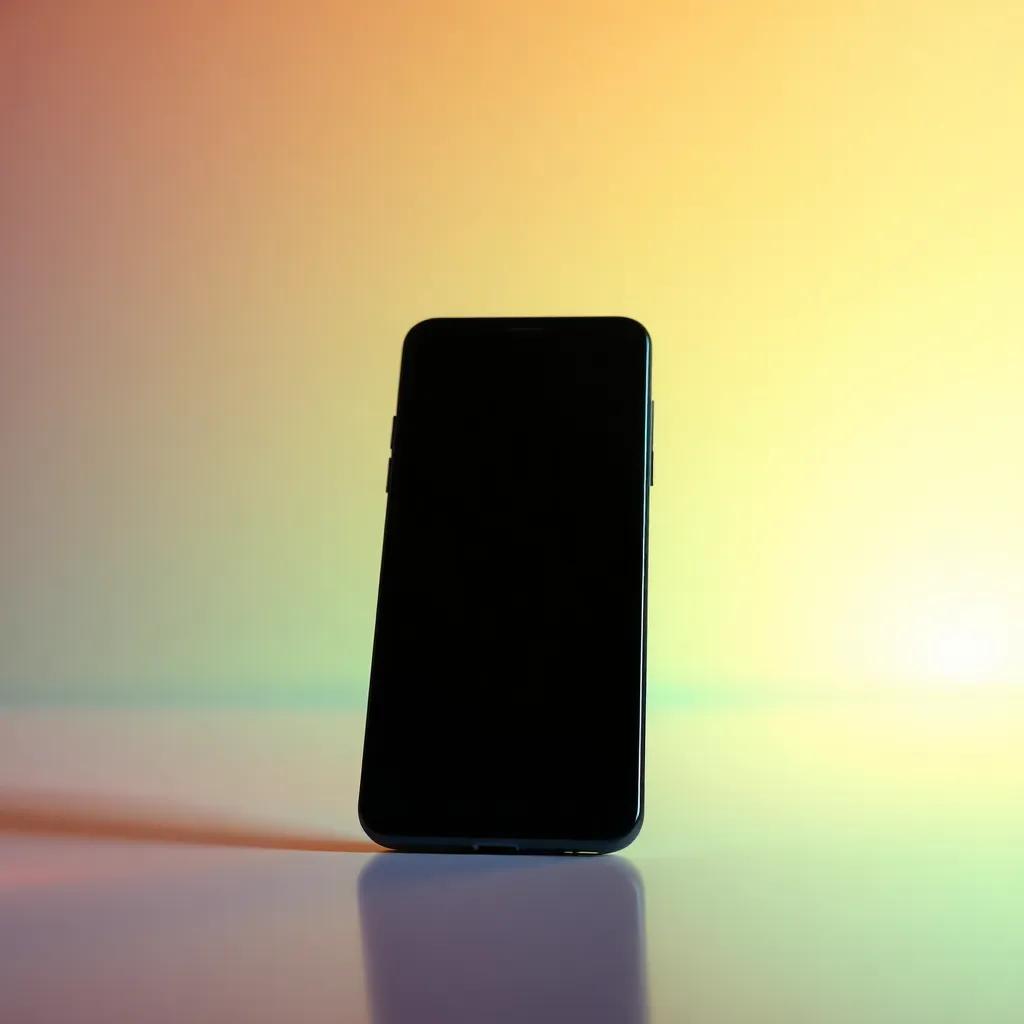
Design Innovations Shaping User Experience
Foldable smartphones in 2025 bring a new level of refinement to seamless usability and comfort. From ultra-thin hinges engineered to last for hundreds of thousands of folds to brighter, more durable foldable OLED displays, manufacturers have tackled previous durability doubts head-on. These design leaps enhance everyday interactions by making transitions between folded and unfolded modes fluid and instinctive, while maintaining sleek profiles that easily slip into pockets or bags.
Beyond hardware, intuitive software adaptations enrich the user experience, letting apps dynamically adjust to screen changes without lag or layout glitches. Key user benefits include:
- Robust hinge mechanisms that resist dust and wear
- Optimized multitasking allowing better split-screen management
- Adaptive brightness for vivid visuals outdoors or indoors
- Lightweight designs that reduce hand fatigue during extended use
| Feature | 2024 Models | 2025 Innovations |
|---|---|---|
| Hinge Lifespan | Up to 200,000 folds | Up to 300,000 folds |
| Screen Brightness | 800 nits | 1200 nits |
| Thickness (folded) | 16 mm | 13 mm |
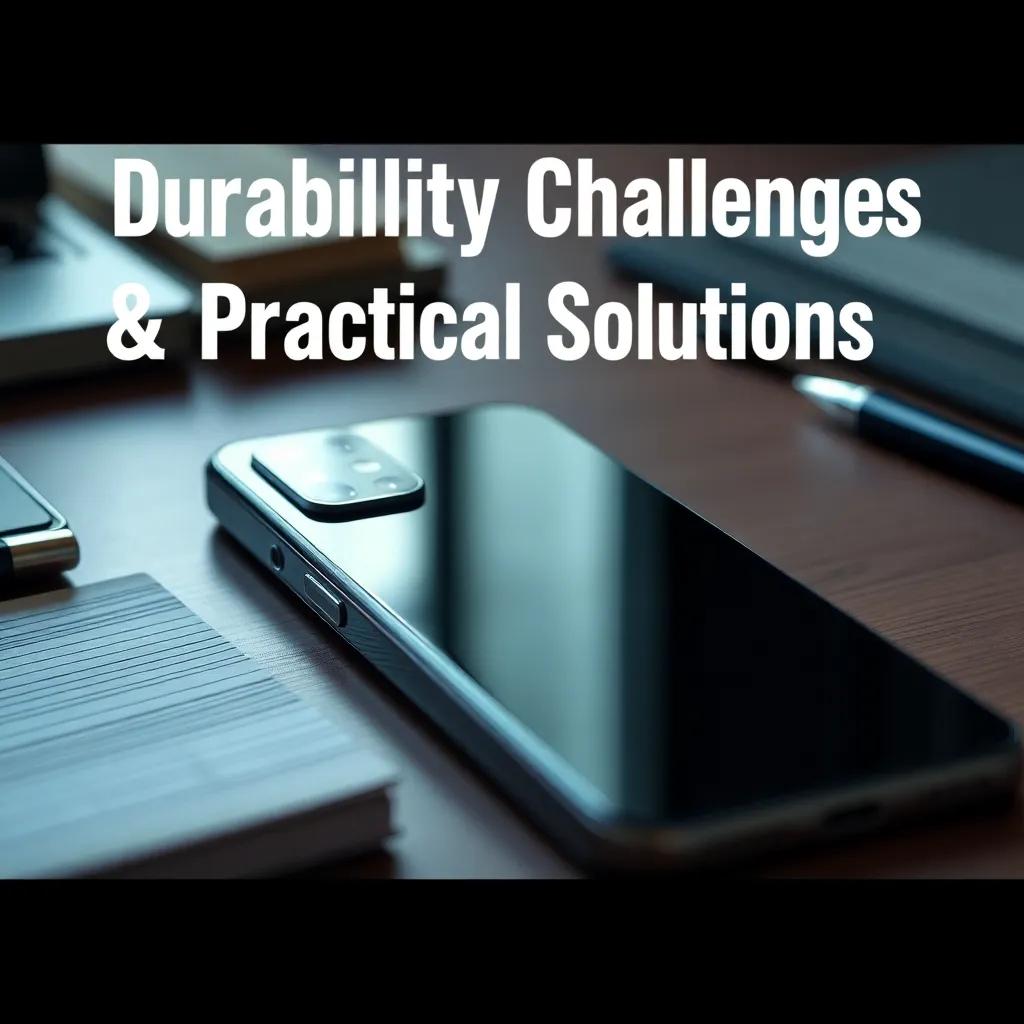
Durability Challenges and Practical Solutions
Foldable phones have made great strides in overcoming their early durability concerns, but challenges remain. The flexible screen and hinge mechanisms, while more robust than ever, still demand careful handling to avoid damage from dust, drops, and repeated folding. Manufacturers now use advanced materials like ultra-thin glass and reinforced polymers to improve resistance to scratches and creases, yet daily use still requires some extra care to maintain longevity.
To keep your foldable performing at its best, follow these practical tips:
- Use a compatible case designed for foldables to protect hinges and edges
- Avoid sharp objects that could scratch or damage the delicate screen
- Keep the device clean with gentle microfiber cloths and avoid debris in the hinge
- Fold and unfold gently to reduce mechanical stress over time
| Foldable Model | Screen Material | Hinge Type | Price (£) |
|---|---|---|---|
| Galaxy Z Fold 5 | Ultra-thin Glass | Hideaway Hinge | 1,599 |
| Huawei Mate X3 | Flexible OLED | Falcon Hinge | 1,299 |
| Google Pixel Fold | Plastic Composite | Butterfly Hinge | 1,399 |

Battery Life and Performance Expectations
Foldable phones in 2025 have made significant strides in balancing battery life with cutting-edge performance. Thanks to more efficient processors and larger, adaptive batteries, users can expect all-day usage even with heavy multitasking and 5G connectivity.Manufacturers have also optimized power management features that dynamically adjust screen refresh rates and background app activity, resulting in smarter energy use without sacrificing speed or responsiveness.
For those considering a foldable as a daily driver,here are key tips to maximize endurance and performance:
- Enable adaptive refresh rate to save power during static content viewing.
- Use battery presets available in newer models to extend runtime on demand.
- Close unused apps promptly, as foldables’ multitasking can drain resources.
- Keep software updated to benefit from constant performance improvements.
| Model | Battery Capacity | Max Refresh Rate | Estimated Screen-On Time |
|---|---|---|---|
| FoldX Pro | 4500 mAh | 120 Hz | 7.5 hours |
| Flexi 3 | 4300 mAh | 90 Hz | 7.2 hours |
| BendZ Ultra | 4800 mAh | 120 Hz | 8 hours |

Pricing Trends Suggesting Wider Adoption
The price of foldable phones has steadily dropped throughout 2024, making these innovative devices more accessible than ever.Early models were steeply priced, frequently enough exceeding £1,500, but manufacturers are introducing more budget-pleasant options without significant compromises. This shift signals a push toward mainstream adoption as features once reserved for flagship devices are now standard in mid-range foldables.
Buyers can expect compelling offers this year, especially from brands balancing affordability with durability. Key factors influencing pricing include improved hinge technology, better battery life, and enhanced screen resilience. Consider these takeaways when evaluating your next foldable purchase:
- Price-to-feature ratio: Mid-range foldables offer premium features at under £900
- Carrier deals: Look for bundled data plans that add value
- Trade-in incentives: Many retailers sweeten prices in exchange for older smartphones
| Model | Starting Price (£) | Screen Size (Unfolded) |
|---|---|---|
| Galaxy Z Fold 5 | 1,499 | 7.6 inches |
| OnePlus Open | 899 | 7.8 inches |
| Honor Magic V 2 | 999 | 7.9 inches |
Q&A
Q: Are foldable phones durable enough for daily use?
A: Modern foldables use ultra-thin glass with reinforced hinges, improving durability significantly.While still more delicate than customary phones, recent models withstand thousands of folds and everyday bumps, making them a viable option if handled with basic care and protective cases.
Q: How do foldable displays perform compared to regular screens?
A: Foldables now feature AMOLED panels with vibrant colors and high refresh rates matching flagship phones. The crease is less noticeable but still visible on close inspection. Display brightness and touch responsiveness meet everyday demands efficiently without sacrificing flexibility.
Q: What hidden features boost foldable phone productivity?
A: Many foldables support multi-window multitasking, app continuity between folded and unfolded states, and customizable flex modes that activate unique app layouts. These features enhance workflow, enabling seamless switching between calls, emails, and creative apps on one device.
Q: Are foldable phones worth the premium price in 2025?
A: Foldables remain pricier, typically ranging from $1,000 to $1,800, reflecting advanced engineering and innovative design. For users prioritizing pocketability and multitasking,the investment can be justified; though,budget-conscious buyers may still prefer traditional flagship models with similar specs.
Q: How has battery life improved with foldable models?
A: Battery capacity has increased with dual-cell setups ranging between 4,400mAh to 5,000mAh, supporting full-day use even with dual displays active. Efficient chipsets and adaptive refresh rates help extend runtime,though heavy multitasking may still require a midday recharge.
Q: Any upgrade advice before buying a foldable in 2025?
A: Look for models with the latest Snapdragon 8 Gen 2 or equivalent chipset, at least 12GB RAM, and 256GB storage for smooth performance. Confirm strong software update promises, including three years of OS support, to maximize longevity and new feature access over time.
closing Remarks
Foldable phones in 2025 have certainly come a long way, blending innovation with practicality to offer a compelling option for everyday use.While some challenges remain, their rapid evolution suggests a future where foldables could become mainstream rather than niche. What do you think—are foldables ready to replace traditional smartphones, or is it too soon? Share your thoughts in the comments below, and don’t forget to explore our latest phone deals to find the perfect match for your tech needs.

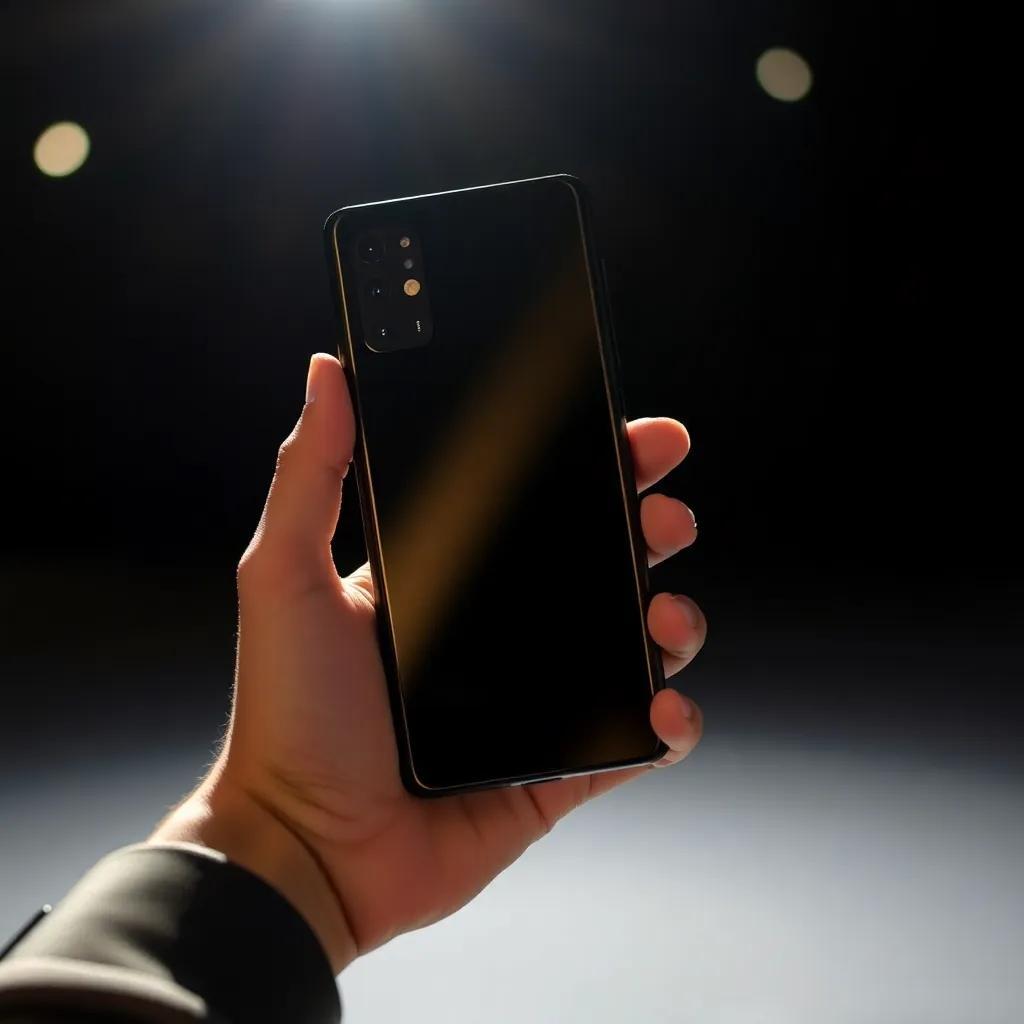




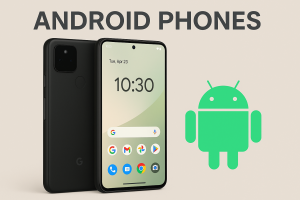

Excited to see how foldable technology evolves by 2025! If they can improve durability and battery life, I think they might just become the go-to devices for many users.
I agree with Gary; durability and battery life are crucial, but also, better software optimization is key to making foldables user-friendly in everyday scenarios.
I’m hopeful too, but it will take more than just hardware improvements; seamless multitasking and app support will be essential for foldables to truly become part of our daily routines.
While I share the excitement, I’m also curious about how manufacturers will tackle the price point. For many, affordability will be a huge factor in whether foldables can penetrate everyday use.
I think it’s a combination of hardware, software, and affordability that will determine the success of foldables in everyday use; if they can nail all three, we could see a major shift in how we use smartphones!
I’m optimistic about the advancements in foldable tech, but it will ultimately depend on the ecosystem they create around these devices; if they can integrate seamlessly with our existing apps and services, I think many will embrace them as everyday essentials.
I’m really excited about the future of foldable devices! If they can achieve the right blend of durability, software optimization, and affordability, I can see them becoming a staple in our daily tech usage. Plus, the potential for innovative designs is endless!
Absolutely, the future looks promising if they can enhance user experience and practicality; after all, it’s about making our lives easier, not just more innovative!
I completely agree with everyone here! If the next generation of foldables can focus on refinement and practicality while keeping costs reasonable, we’re looking at a game changer for daily tech—imagine having a compact device that opens up to a full-size screen, making multitasking and media consumption so much better!
I’m totally with you all! The key to making foldables a daily go-to lies in balancing innovation with practicality—if they can deliver reliable performance while being budget-friendly, we’re bound to see a significant transformation in our interaction with technology!
I share your enthusiasm! The success of foldables hinges on how well they can address our daily needs—whether it’s through enhanced durability, intuitive interfaces, or sleek design—that could truly revolutionize how we interact with our devices and make efficiency a priority in our busy lives!
I completely resonate with all these thoughts! If foldables can truly integrate practicality with cutting-edge features while maintaining affordability, they could redefine how we use our devices on a daily basis—imagine the convenience of having a powerful tablet and sleek phone all in one that adapts to our needs!
I think we’re all on the same page here! For foldables to truly become part of our everyday routines, they need to seamlessly combine functionality with style and affordability—envisioning a device that adapts to our lifestyles while offering the performance we expect is incredibly exciting!
Absolutely on board with all these perspectives! The future of foldables looks promising, especially if manufacturers prioritize durability and user experience while striking the right balance between cutting-edge technology and affordability—if they can nail that, we could see a major shift in how we engage with our devices every day!
I completely agree with everyone here! For foldables to truly find their place in everyday life, they must deliver not just on innovation and aesthetics, but also on reliability and user-friendliness—imagine a device that evolves with our needs and enhances our productivity while fitting comfortably in our pockets!
I’m excited to see where foldables go in 2025! If they can combine all the amazing insights shared here—durability, usability, style, and affordability—they might just become the go-to devices that transform our everyday tech experience into something truly seamless and innovative!
I share the enthusiasm of everyone here! For foldables to become indispensable in our daily lives, they must not only innovate but also enhance our overall experience—think of a gadget that’s versatile enough to fit any situation while being robust and easy to use; if they can achieve that balance, we might be witnessing a breakthrough in mobile technology!
I love the shared optimism for foldables! If manufacturers can focus on refining user experience, making them more durable and affordable, while ensuring they cater to diverse daily needs, we might just see them become essential tools that effortlessly integrate into our lives!
I couldn’t agree more with this dialogue! The key to making foldables a part of our daily routine lies in their ability to adapt to our lifestyles—if they can seamlessly blend functionality with durability and aesthetic appeal, I really believe we could see a wave of change in how we interact with tech on a daily basis!